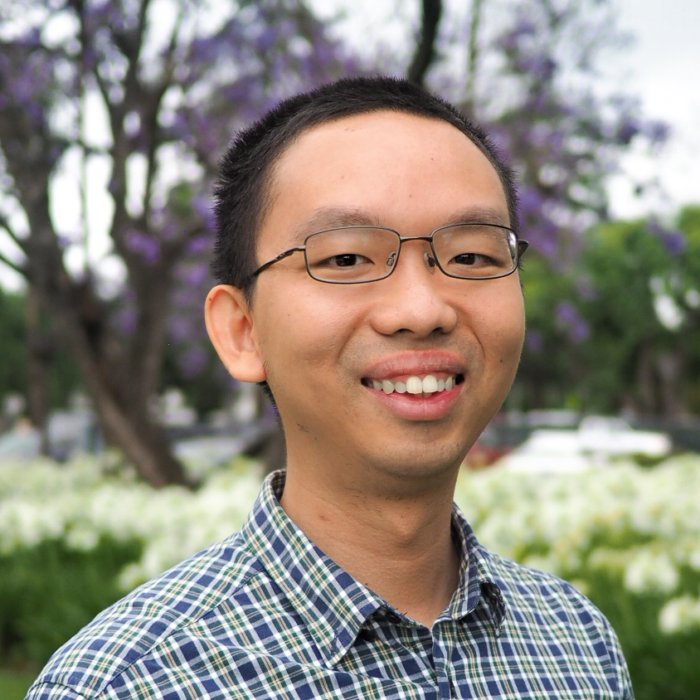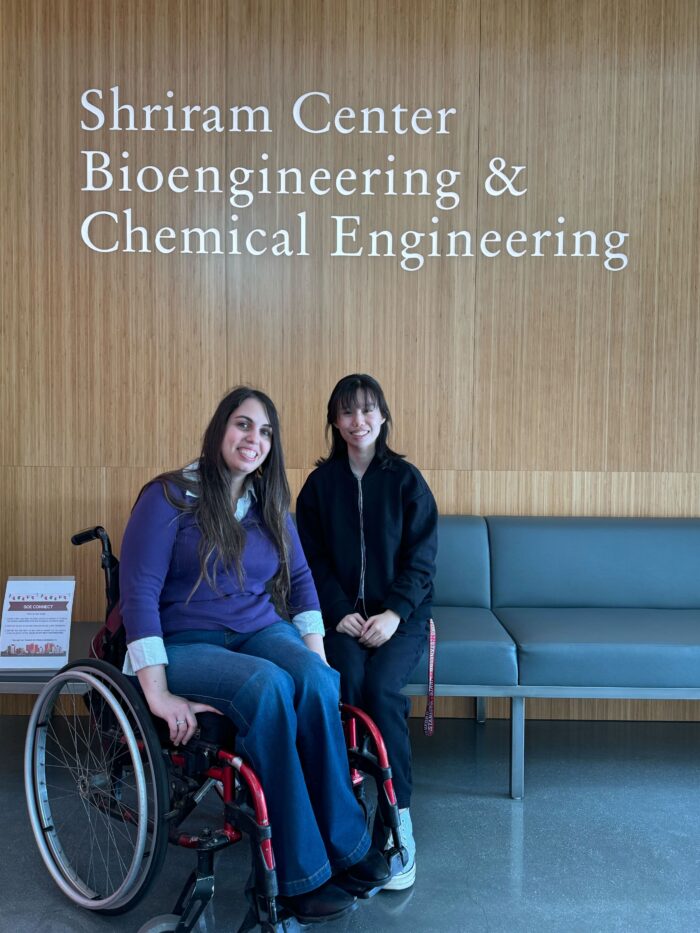Stanford University Project
Two World-Class Institutions, One Goal: A Breakthrough for Smith-Magenis Syndrome
Dr. Wei-Hsiang Huang (McGill University) and Dr. Xiaojing Gao (Stanford University) are collaborating to develop a gene therapy designed to safely increase RAI1 levels. Using cutting-edge techniques, their work focuses on maintaining these levels within a safe and therapeutic range.
Dive Deeper into the Science
The mission of the Gao lab is to engineer biomolecules for human health applications. How do we design biological systems as “smart medicine” that improve upon what is currently possible with gene and cell therapies? More specifically, we engineer towards a “simple” goal: producing specific proteins in the right cells, at the right time, and with the right amount. The last point is especially pertinent with neurogenetic disorders such as SMS. These are dosage sensitive conditions: while healthy individuals harbor two copies of the underlying gene, some patients have only one copy of the gene (RAI1 in the case of SMS), while others have three copies (which manifests itself as the Potocki-Lupski syndrome in the case of RAI1). Therefore, when one tries to therapeutically increase the production of RAI1 protein from the one intact copy in SMS patients, there’s the inherent risk of overshooting into the three-copy regime. There is always a large extent of randomness in existing methods of delivery, and they lack quantitative control required for such nuanced scenarios.
In collaboration with the Huang lab at McGill, we are creating a new molecule-level control to overcome the “overshooting” risk mentioned above. The basic idea is to simultaneously introduce a gene to increase RAI1 production and a second gene to inhibit the first. If a cell takes up too much of the therapeutic payload, although it will have a lot of the first gene to activate RAI1, it will also have a lot of the second gene to cancel out the effect of the first. Using computational simulation and experimentation in cells grown in a dish, we saw that it is possible to identify conditions where these two effects indeed buffer against delivery variability – the design helps cells that receive very different levels of therapeutic payloads to activate target genes within a reasonably narrow range. With the generous support of SMSRF, we are improving the quantitative performance of this control mechanism, as well as taking it closer to therapeutically relevant scenarios, such as making sure the payloads can fit onto commonly used therapeutic vectors and perform in cells that model SMS. We expect our work to overcome a fundamental obstacle in gene therapies for SMS (and many other similarly dosage sensitive conditions).
Xiaojing Gao, Ph.D.
Assistant Professor, Chemical Engineering, Stanford University, USA
Wei-Hsiang Huang, Ph.D.
Assistant Professor, Centre for Research in Neuroscience, McGill University, Canada



